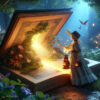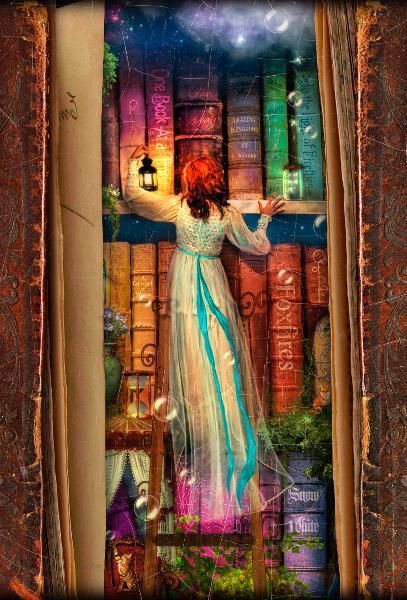
Reading a Children’s Classic every day….
In 2019 I decided to read a new to me,
or long forgotten by me,
children’s classic daily.
One story per month every morning with my coffee.
I read a few pages, or a chapter, depending on which book I am reading and how long it is so that I have it with me every day.
It has been pure zen.
A much bigger joy than I ever anticipated!
Lovely book people on Litsy have joined in with me
as well as a few folks on IG.
Of course with any read I do,
feel free to use my list or schedule
and join in on the fun,
you will be changed from it.
On Litsy we post if we find interesting facts, articles, movies and our reviews using the hashtag #ChildrensClassicRead2024 .
THE BOOKS of 2024
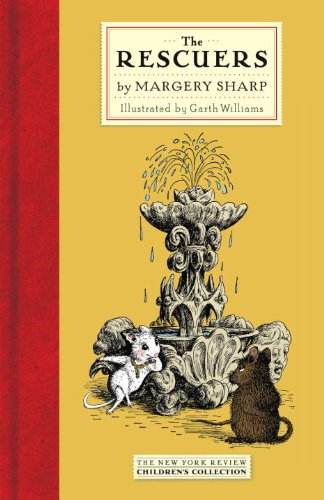
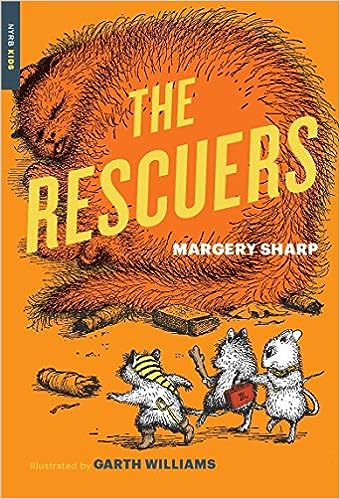
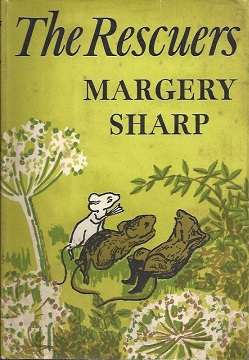
January starts us off with a “How did I not know this was a book?!” moment. I loved watching this Disney movie, and am happy to find out that it is, of course, a children’s classic book.
The Rescuers is a British children’s novel written by Margery Sharp and illustrated by Garth Williams; its first edition was published in 1959 by Collins in the United Kingdom and Little, Brown in the United States. The novel is the first in a series of stories about Miss Bianca, a socialite mouse who volunteered to lend assistance to people and animals in danger.
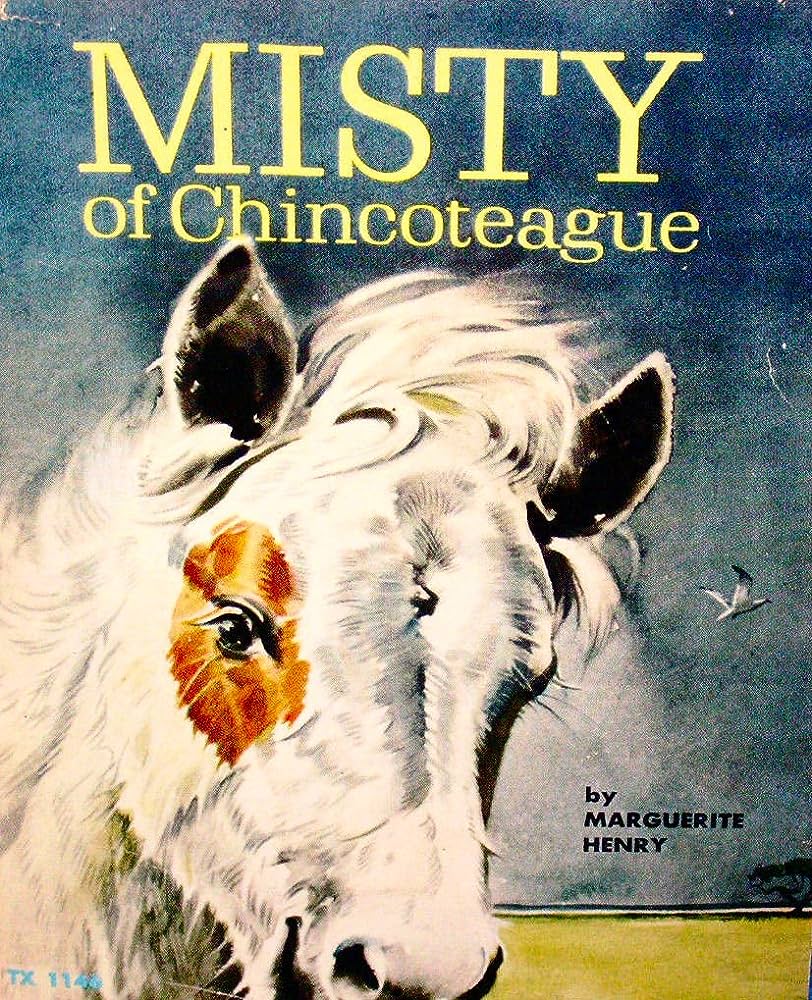
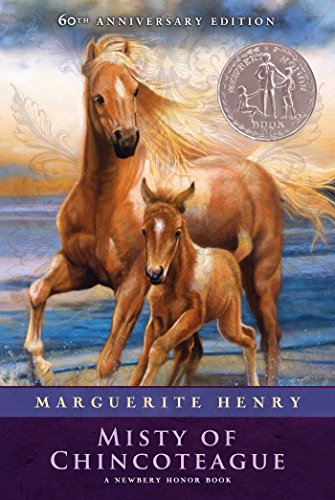
February is for love, we have definitely loved our horse stories that we have read together these last four years. Misty is new to me, after picking this book and asking at school for opinions on it, quite a few teachers got misty eyed ~pun intended~ when telling me how much they loved this read.
Since the publication of Misty of Chincoteague in 1947, Misty has become one of the most beloved equines in children’s literature. Marguerite Henry’s novel weaves a true story with warmth and imagination – the result is an exciting tale about children’s love for horses and the real wild ponies that still roam Chincoteague Island off the Virginia coast.
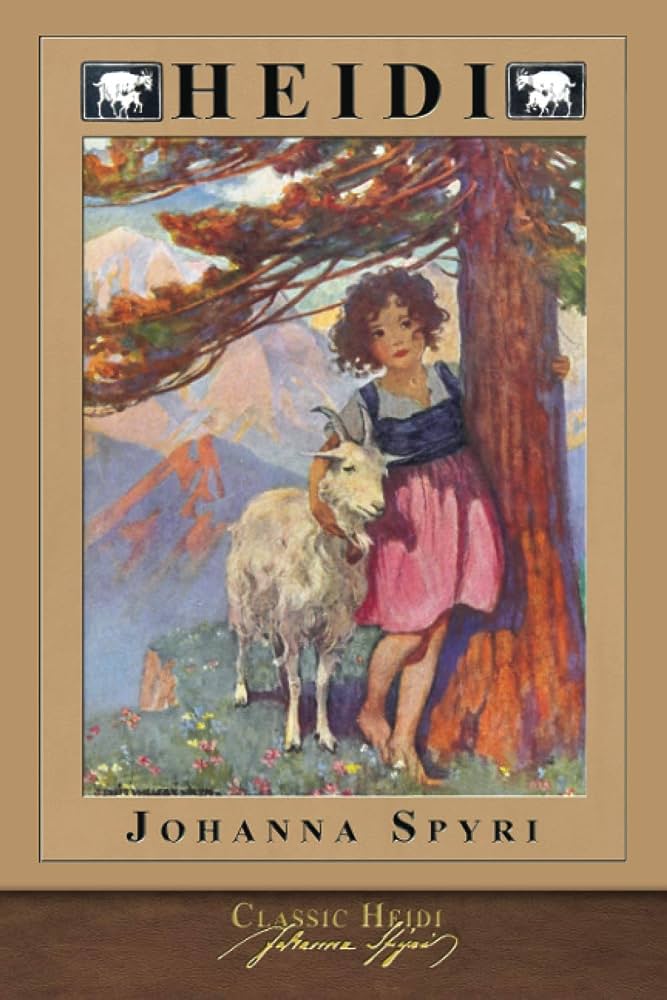
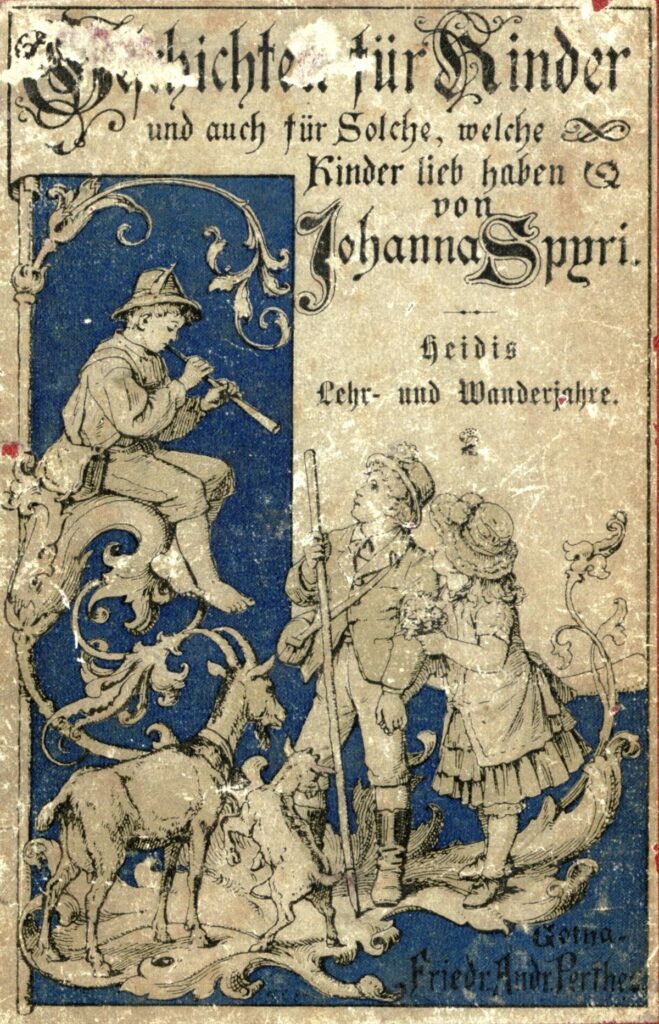
March is READING MONTH and what better way with this old dear classic Heidi. Although many of us may have read it, I am hoping a reread will be fun. A good “still in winter, spring is a long way off” book for me. Hoping others will love it as well.
Heidi is a work of children’s fiction published between 1880 and 1881 by Swiss author Johanna Spyri, originally published in two parts as Heidi: Her Years of Wandering and Learning and Heidi: How She Used What She Learned. When five-year-old orphan Heidi is sent to live in the Swiss Alps with grumpy Grandpa, the rest of the village take pity on her. But Heidi soon discovers that her grandpa is gentle and kind behind his scowl, and she loves her new life running wild in the mountains with the goats, the flowers and her best friend Peter.
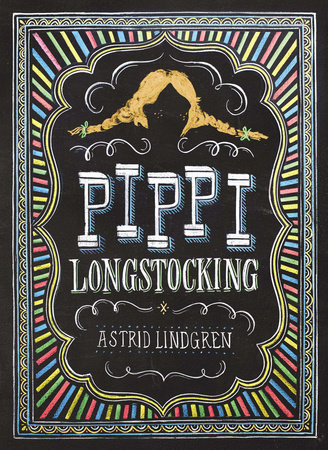
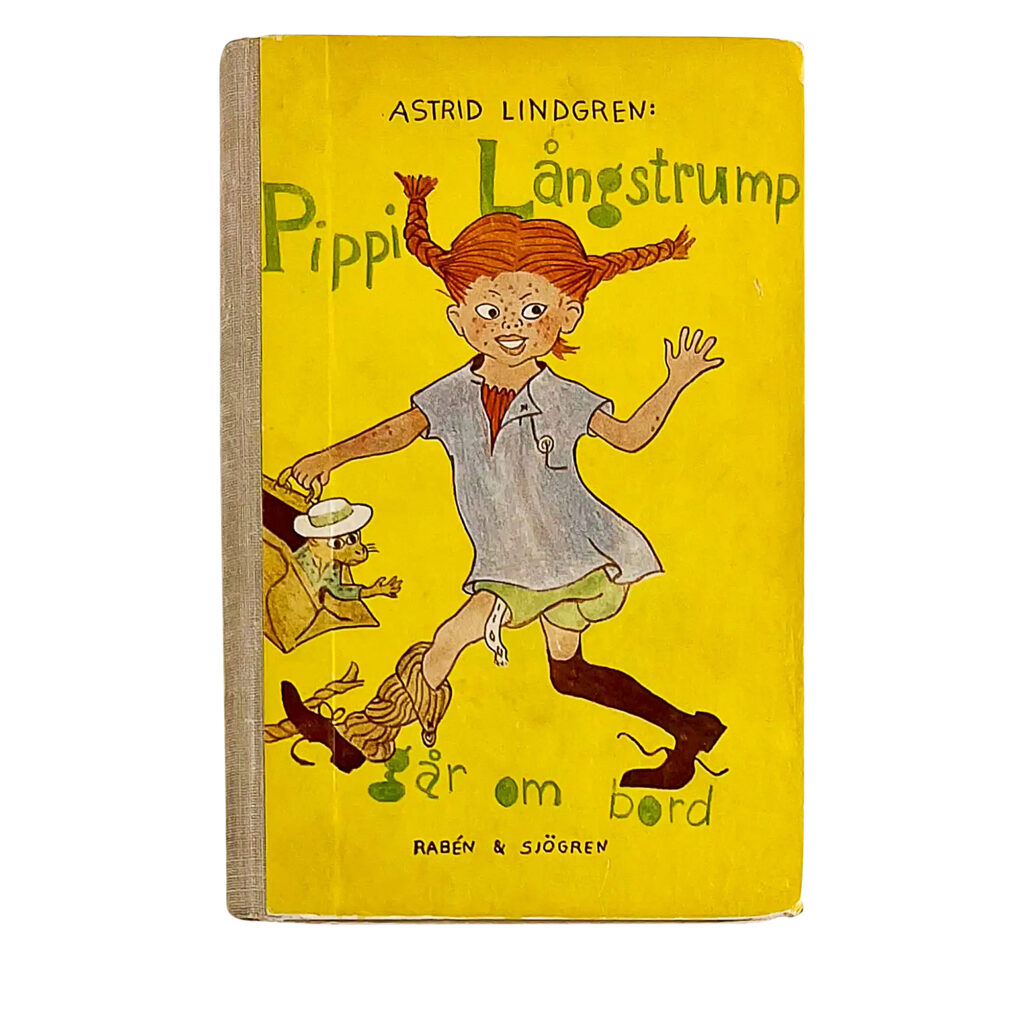
April brings us some laughter.
Pippi Longstocking (Swedish: Pippi Långstrump) is the fictional main character in an eponymous series of children’s books by Swedish author Astrid Lindgren. Pippi was named by Lindgren’s daughter Karin, who asked her mother for a get-well story when she was off school.
Pippi is red-haired, freckled, unconventional and superhumanly strong – able to lift her horse one-handed. She is playful and unpredictable. She often makes fun of unreasonable adults, especially if they are pompous and condescending. Her anger comes out in extreme cases, such as when a man mistreats his horse. Pippi, like Peter Pan, does not want to grow up. She is the daughter of a buccaneer captain and has adventure stories to tell about that, too. Her four best friends are her horse and monkey, and the neighbours’ children, Tommy and Annika.
After being rejected by Bonnier Publishers in 1944, Lindgren’s first manuscript was accepted by Rabén and Sjögren. The three Pippi chapter books (Pippi Longstocking, Pippi Goes on Board, and Pippi in the South Seas) were published from 1945 to 1948, followed by three short stories and a number of picture book adaptations. They have been translated into 76 languages as of 2018.
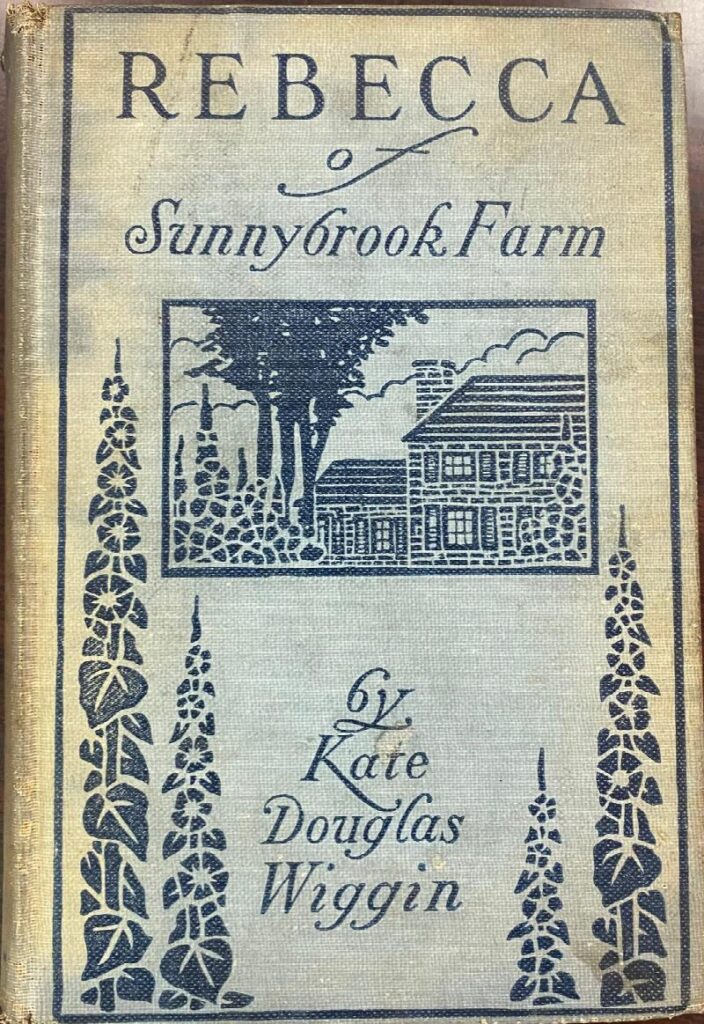
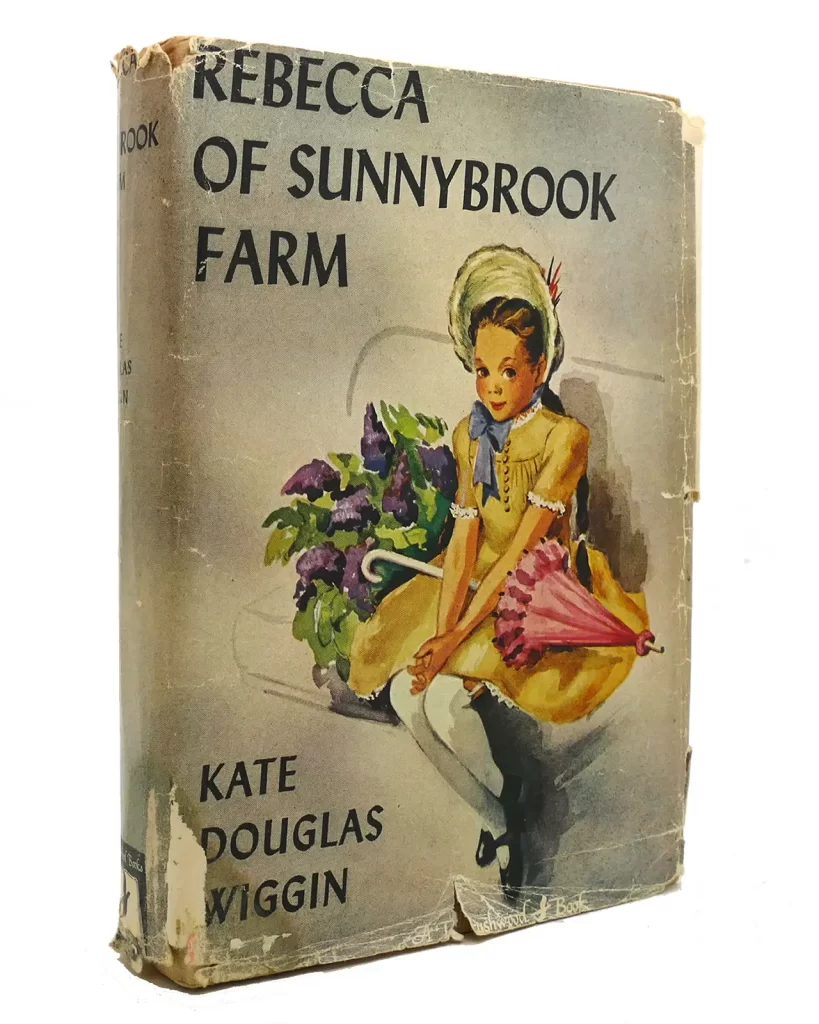
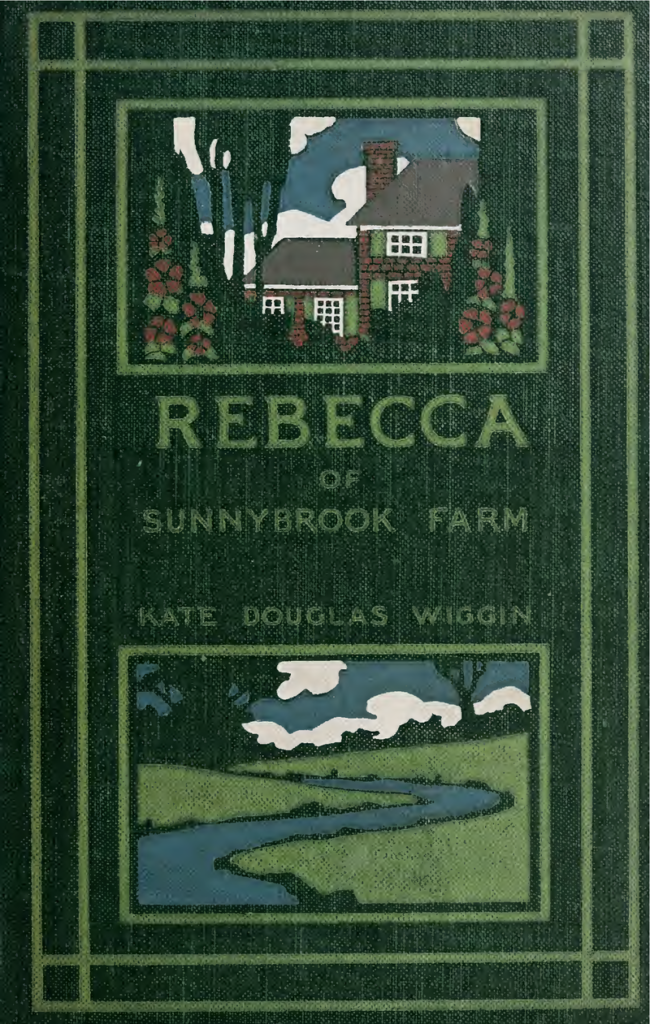
May, my birthday month! I have never read this. I am hoping for a good warm fuzzy cozy read.
Also a Shirley Temple Movie to look forward to! YAY.
Rebecca of Sunnybrook Farm is a classic American 1903 children’s novel by Kate Douglas Wiggin that tells the story of Rebecca Rowena Randall and her aunts, one stern and one kind, in the fictional village of Riverboro, Maine. Rebecca’s joy for life inspires her aunts, but she faces many trials in her young life, gaining wisdom and understanding. Wiggin wrote a sequel, New Chronicles of Rebecca. Eric Wiggin, a grand-nephew of the author, wrote updated versions of several Rebecca books, including a concluding story. The story was adapted for the theatrical stage and filmed three times, once with Shirley Temple in the title role, as well as a Japanese animated short as part of the Anime Tamago project.
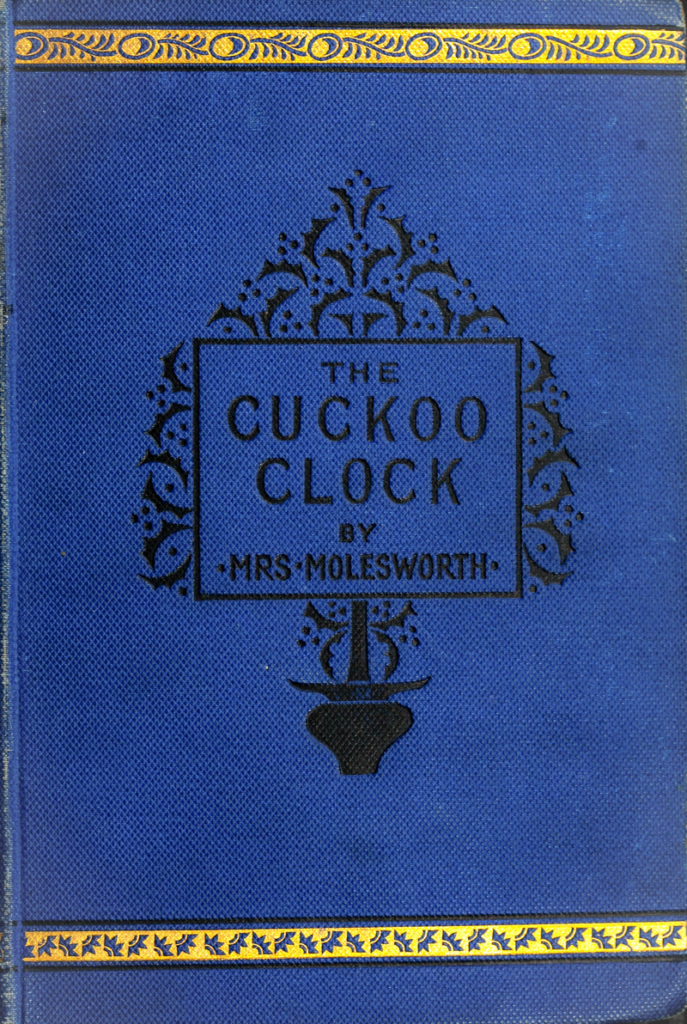
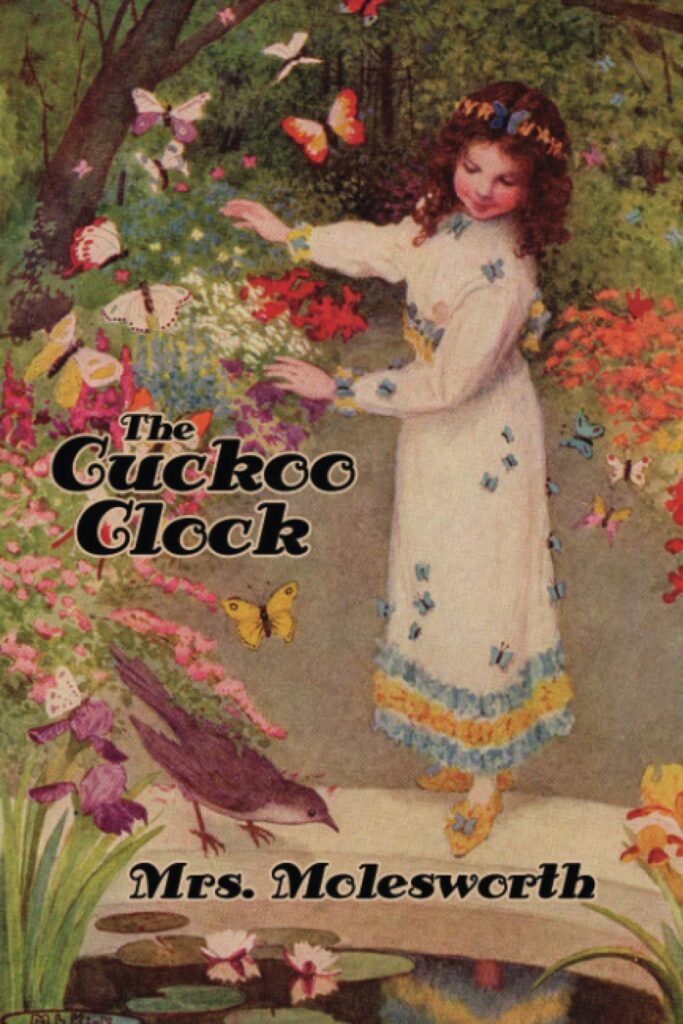
June. Summer. The Cuckoo Clock by Mrs. Molesworth.
(Why yes I have an opinion ANY time it is Mrs. but alas: First published January 1, 1877).
The Cuckoo Clock is a British children’s fantasy novel by Mary Louisa Molesworth, published in 1877 by Macmillan. It was originally published under the pen name Ennis Graham and reissued in 1882 as by Mrs. Molesworth, the name by which she is widely known. Both of those editions and many later ones were illustrated by Walter Crane; an 1893 uniform edition is available online at the University of Pennsylvania. An edition illustrated by Maria L. Kirk was published in 1914; it is available online at HathiTrust Digital Library.
Griselda, forced to move in with her aunts Grizzel and Tabitha, finds life so miserable that she throws a book at the cuckoo clock, which breaks. In return for persuading the cuckoo that she is sorry, the cuckoo takes her off to magical worlds. A classic fantasy tale.
Mrs. Molesworth has been called “the Jane Austen of the nursery”.

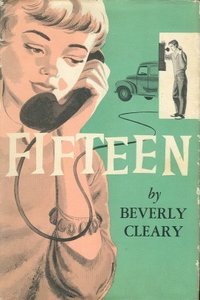
July. Some summer FUN. This is young adult Beverly Clearly.
Fifteen is a juvenile fiction novel written by Beverly Cleary. It was first published in 1956. It chronicles the perspective of a teenage girl entering her first romantic relationship. The book captures the innocent spirit of life in the 1950s, both through the playfully light storyline and the casual references to convertibles, sweaters, “meeting boys”, and soda shops. Regardless, the book remains in print today because its overall theme of difficult adolescent feelings still connects with young readers.
In 1958 Fifteen was awarded the Dorothy Canfield Fisher Children’s Book Award, after Vermont school children in fourth through eighth grade chose it as their favorite novel.
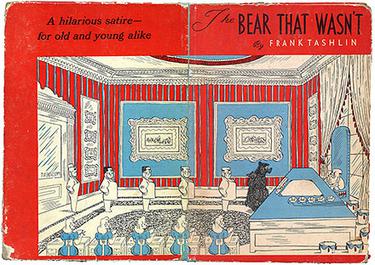
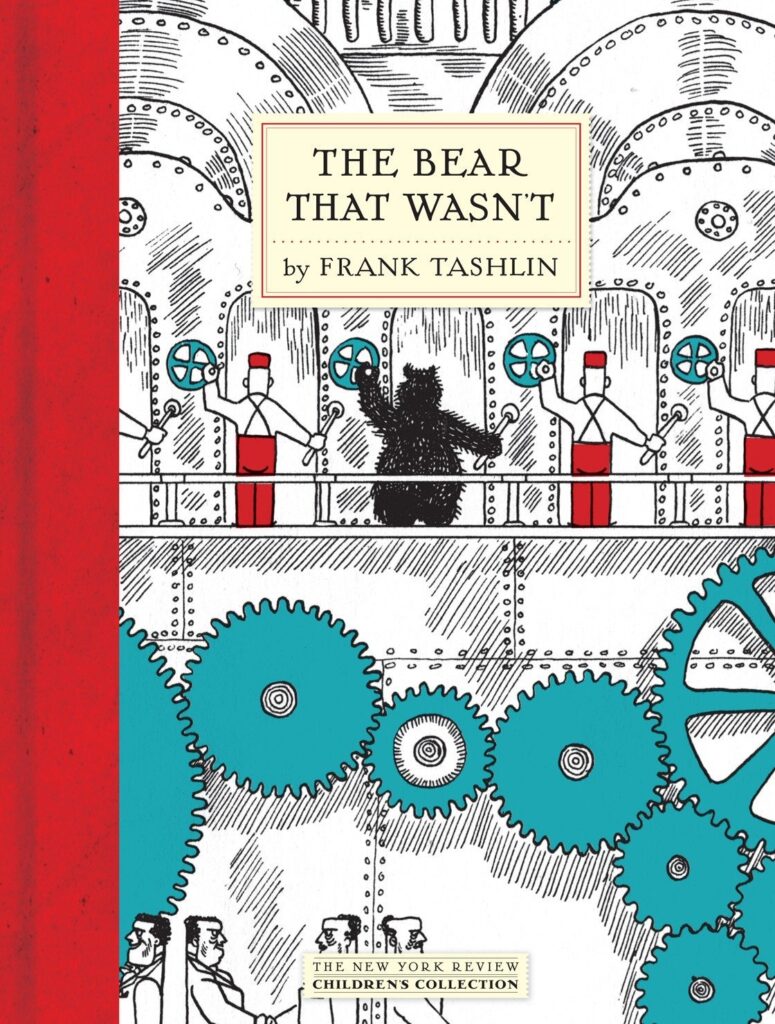
August. About a bear.
The Bear That Wasn’t is a 1946 children’s picture book written and illustrated by filmmaker and Looney Tunes alumnus Frank Tashlin.
Though appearing as a children’s book, the story is a critical satire towards aspects of society. It revolves around the concept of people believing a repeated idea even though it may not be true. People have a tendency to shift their views if a concept is hammered into them over and over again, like the bear being told he is a “silly man who needs a shave and wears a fur coat”. The bear eventually succumbs to this mistaken assumption, believing he is a man even though he had previously known otherwise, just as humans shift their views on a topic because of repetitive information, or because “they all say it is true, therefore it must be”. Yet, in the end, the bear, who is cold in winter, reverts to what he really is – a bear – and finds shelter in a cave. This idea covers the concept of people never changing due to outside influence. Though people may change for someone else, when placed in a difficult position, they revert to old habits – just like the bear hibernating. Whether something is fact or fiction, it is what it is and does not change – no matter how many people believe otherwise, hence that “he wasn’t a silly man. And he wasn’t a silly bear, either.”
The book also presents a visual satire of corporate culture. Each time the bear appears before a higher-ranking man in the corporation, the offices get progressively more elaborate (for example, progressively more phones, more waste-baskets, more secretaries, all according to rank. The secretaries in particular melodically tell the bear and bosses to come in in the animated version). There are also progressively more chins and less hair on each higher-ranking person as the bear ascends all the way to the president’s office.
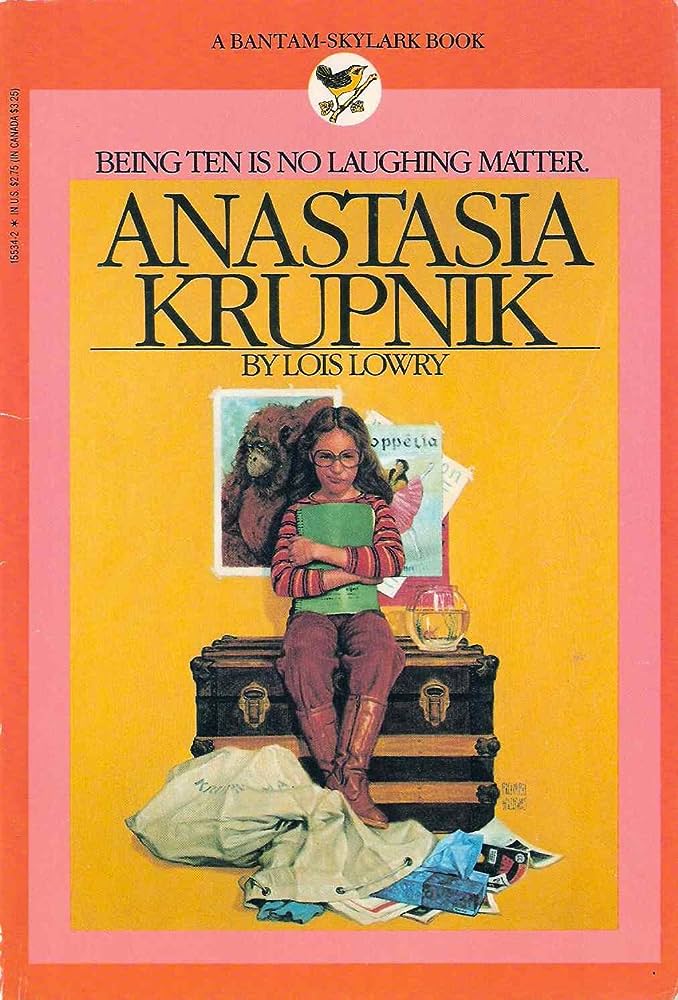
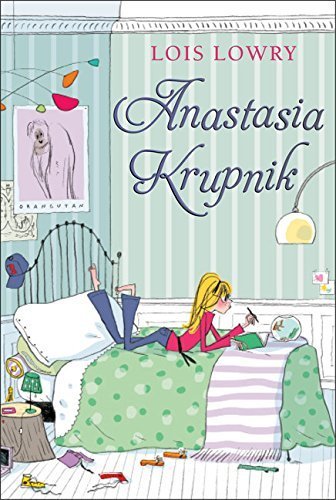
September. A much banned book seemed appropriate. I have never read this book before either. According to Banned Library, it’s been banned because of “a vulgarity for human waste, as well as the use of a slang term for sex.”
Anastasia Krupnik by Lois Lowry. Being ten is very confusing. For one thing, she has this awful teacher who can’t understand why Anastasia doesn’t capitalize or punctuate her poems. Then, there’s Washburn Cummings, a very interesting sixth-grade boy who doesn’t even know she is alive. Even her parents have become difficult. They insist she visit her 92-year-old grandmother who can never remember Anastasia’s name. On top of that, they’re going to have a baby — at their age! It’s enough to make a kid want to do something terrible. Anastasia knows that if she didn’t have her secret green notebook to write in, she would never make it to her eleventh birthday.
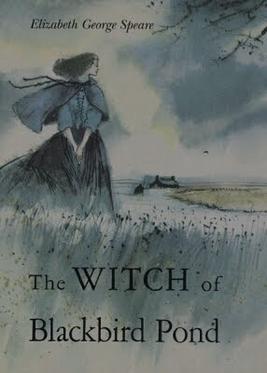
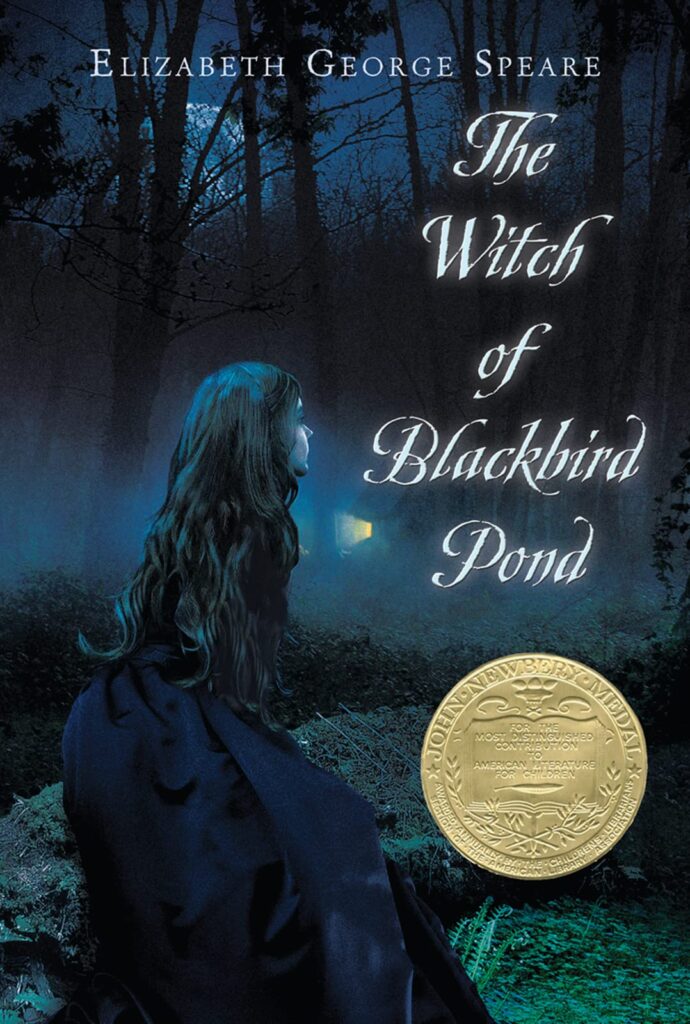
October and a Witch book!
The Witch of Blackbird Pond is a children’s novel by American author Elizabeth George Speare, published in 1958. The story takes place in late 17th-century New England. It won the Newbery Medal in 1959.
In April 1687, 16-year-old Katherine Tyler (known as Kit) leaves her home in Barbados after her grandfather dies and a 50-year-old man tries to marry her. She relocates to Wethersfield, Connecticut to live with her Aunt Rachel, Uncle Matthew, and her two cousins, Judith and Mercy, in their Puritan community.
A brief stop is made in Old Saybrook, Connecticut, to pick up four new passengers. As the small rowboat returns to the ship, a young girl named Prudence accidentally drops her doll in the water and begs her harsh mother, Goodwife Cruff, to get it back for her. Impulsively, Kit jumps into the water and retrieves the doll. She is then met with astonished suspicion, as few white people in Connecticut could swim so well. Cruff is the most skeptical of them all, believing Kit is a witch, commenting, “No respectable woman could stay afloat like that.”
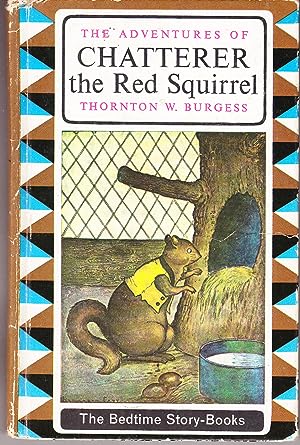
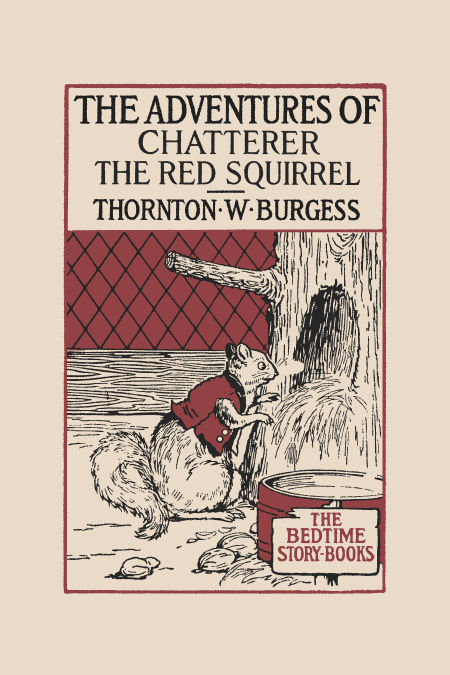
November. I am a non-hating squirrel person. I enjoy watching them quite a bit. I even feed them. I thought this book looked like fun.
In this delightfully told tale, Burgess chronicles the escapades of Chatterer the Red Squirrel, who’s known throughout the Green Forest as a mischief maker. Narrowly escaping the clutches of Shadow the Weasel and Redtail the Hawk, the bushy-tailed little fellow decides to leave the forest for a new home, only to learn that curiosity, carelessness, and mistrust can lead to a heap of troubles.
First published in 1915, this engaging story will charm readers of all ages — as well as young listeners.
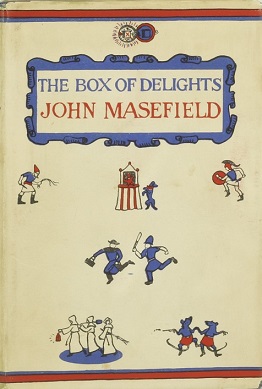
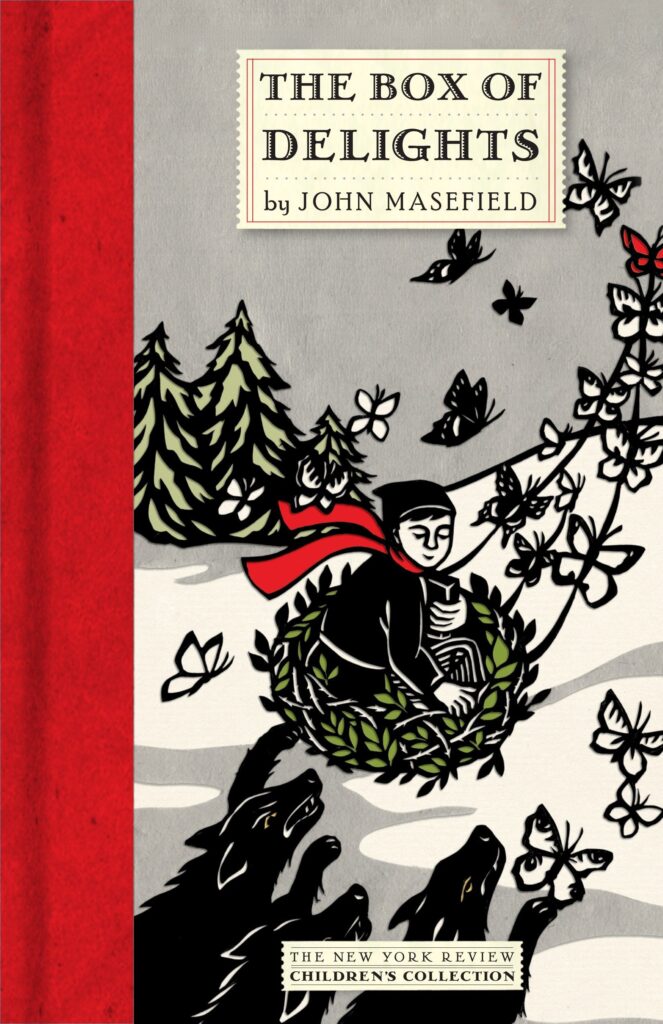
December and an English Holiday book.
The Box of Delights is a children’s fantasy novel by John Masefield. It is a sequel to The Midnight Folk, and was first published in 1935.
Strange things begin to happen the minute young Kay Harker boards the train to go home for Christmas and finds himself under observation by two very shifty-looking characters. Arriving at his destination, the boy is immediately accosted by a bright-eyed old man with a mysterious message: “The wolves are running.” Soon danger is everywhere, as a gang of criminals headed by the notorious wizard Abner Brown and his witch wife Sylvia Daisy Pouncer gets to work. What does Abner Brown want? The magic box that the old man has entrusted to Kay, which allows him to travel freely not only in space but in time, too. The gang will stop at nothing to carry out their plan, even kidnapping Kay’s friend, the tough little Maria Jones, and threatening to cancel Christmas celebrations altogether. But with the help of his allies, including an intrepid mouse, a squadron of Roman soldiers, the legendary Herne the Hunter, and the inventor of the Box of Delights himself, Kay just may be able rescue his friend, foil Abner Brown’s plot, and save Christmas, too.
At once a thriller, a romp, and a spellbinding fantasy, The Box of Delights is a great English children’s book and a perfect Christmas treat.
Here is to wishing for a lovely year with lovely reading.


